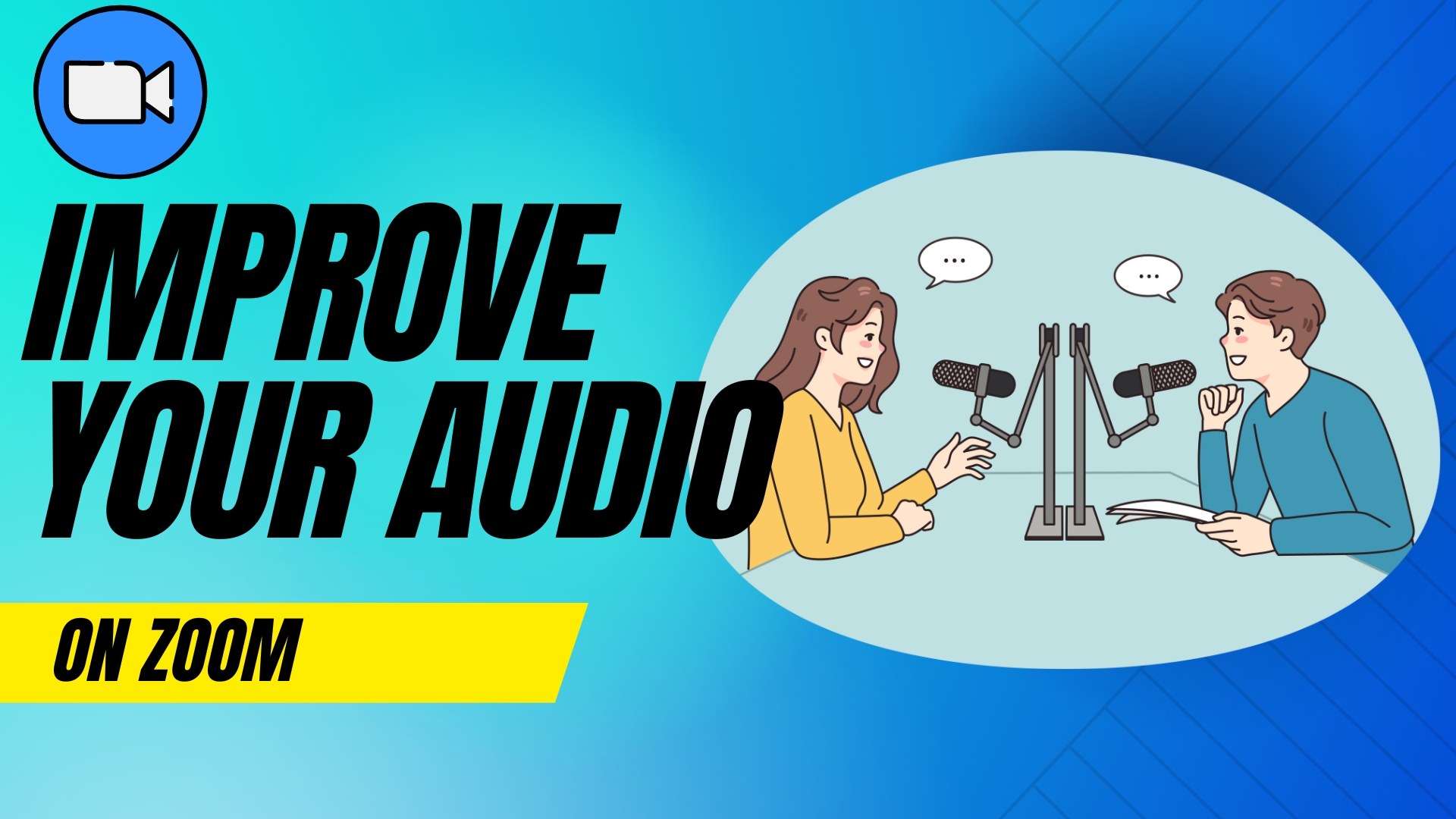Zoom is a popular video conferencing platform that allows people to connect with each other online. However, the audio quality of Zoom calls can sometimes be poor, due to a variety of factors. This can be frustrating and make it difficult to understand what is being said.
This blog post will provide you with a full guide on how to improve the audio quality of your Zoom calls. We’ll cover everything from using a high-quality microphone to optimizing your internet connection. By following these tips, you can ensure that your Zoom calls are clear and professional.
Choose the right microphone
The first step to improving your Zoom audio quality is to choose the right microphone. If you are using the built-in microphone on your laptop or computer, you may not be getting the best possible sound quality. A dedicated microphone, such as a headset or USB microphone, will typically produce better audio.
When choosing a microphone, look for one that has a high sample rate and bit depth. A sample rate of 48kHz or higher and a bit depth of 16 or 24 bits will give you the best audio quality. You should also consider the type of microphone you need. If you are going to be speaking in front of a group, you will need a microphone with a wide pickup pattern. If you are only going to be speaking to one or two people, you can get away with a microphone with a narrower pickup pattern.
Set up your microphone correctly
Once you have chosen a microphone, it is important to set it up correctly. The microphone should be placed about 6 inches from your mouth. If you are using a headset, make sure that the microphone is positioned correctly over your mouth.
You should also avoid placing the microphone in front of a loud noise source, such as a fan or air conditioner. This can cause feedback and make your voice sound distorted.
Optimize your internet connection
Your internet connection can also have a big impact on the audio quality of your Zoom calls. If your internet connection is slow or unstable, you may experience audio dropouts or delays.
To optimize your internet connection for Zoom, try the following tips:
- Connect to a wired internet connection instead of Wi-Fi.
- Close any unnecessary applications and programs.
- Move closer to your router.
- Avoid using Zoom in areas with a lot of background noise.
Reduce background noise
Background noise can also be a major problem for Zoom calls. If you are in a noisy environment, such as a coffee shop or a busy office, your voice may be drowned out by the noise.
To reduce background noise, try the following tips:
- Find a quiet place to take your call.
- Use a noise-canceling microphone or headset.
- Close any windows or doors that are letting in noise.
- Turn off any fans or appliances that are making noise.
Use Zoom’s audio settings
Zoom has a number of audio settings that you can adjust to improve the sound quality of your calls. These settings include:
- Microphone boost: This setting can be used to increase the volume of your microphone.
- Noise suppression: This setting can be used to reduce background noise.
- Echo cancellation: This setting can be used to reduce echo.
You can experiment with these settings to find the ones that work best for you.
Other tips
Here are some other tips for improving the audio quality of your Zoom calls:
- Speak clearly and slowly.
- Avoid using background music or other sounds.
- Test your audio before your call starts.
By following these tips, you can improve the audio quality of your Zoom calls and make sure that your message is heard loud and clear.



